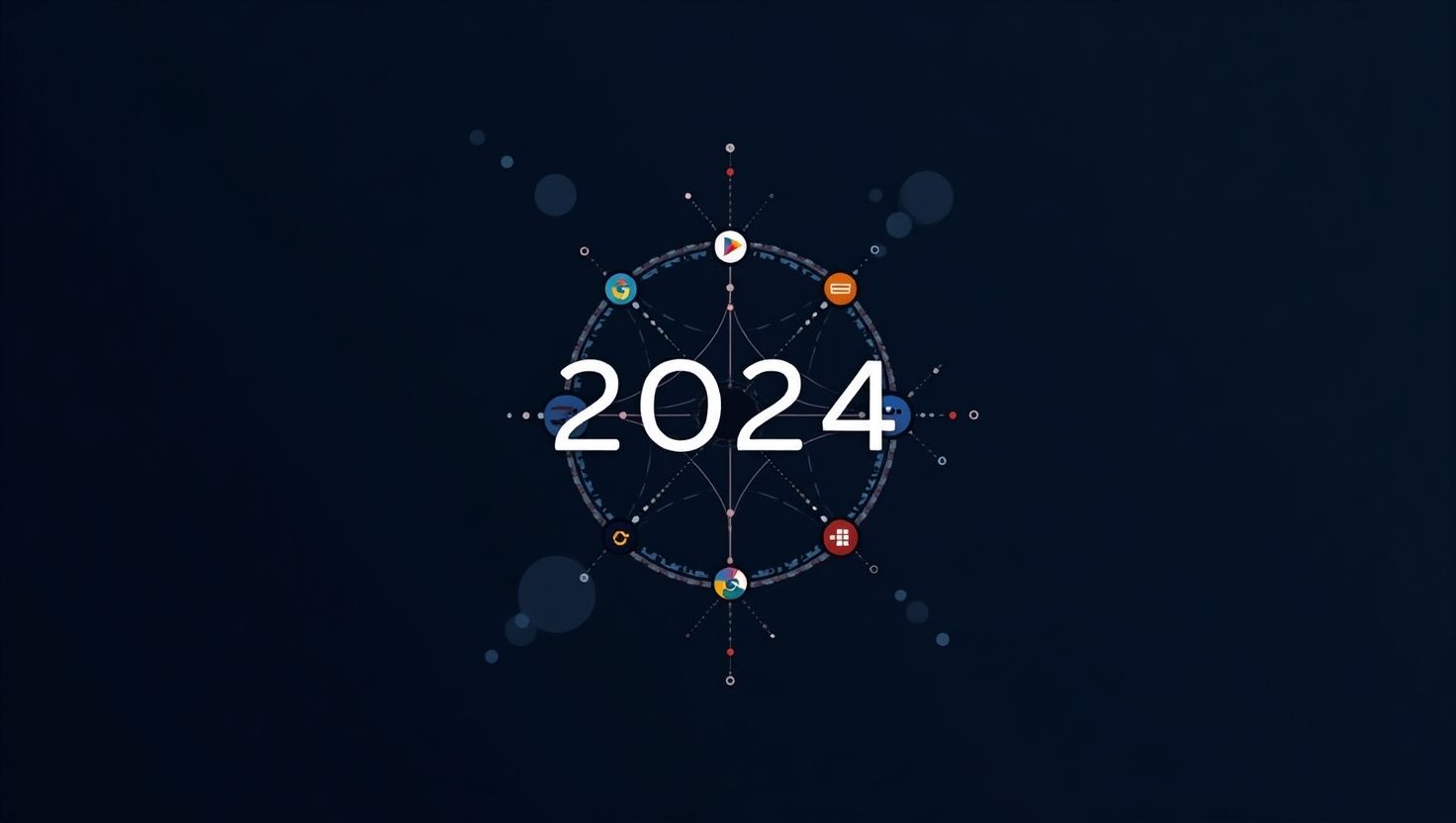The year 2024 has been a groundbreaking period for the tech world, filled with innovations, setbacks, and lessons that shaped the industry. From major product launches to critical incidents and advancements in quantum computing, here’s a chronological look back at the highlights of this transformative year.
Deno V2
Deno has been a game-changer for developers striving for simplicity and security. With the launch of Deno 2, a massive step forward was taken, blending compatibility with legacy tools like Node.js and npm while preserving the sleek, zero-config nature developers love. Whether maintaining a monorepo, building scalable apps, or adopting cutting-edge tools, Deno 2 promises to be the go-to runtime.
The highlights? Backwards compatibility with Node.js, native support for package.json and node_modules, and seamless npm package management via npm: specifiers. Developers can now easily incorporate over 2 million npm modules—including advanced tools like Prisma, gRPC, and temporal.io—without cluttered directories. Moreover, the new JavaScript Registry (JSR) ensures TypeScript-native publishing with superior module management across environments.
Looking ahead, Long-Term Support (LTS), workspaces for monorepos, and robust improvements to Deno’s built-in tools like deno fmt, deno lint, and deno test are expected. From performance benchmarks to enterprise support, Deno 2 is built to scale alongside the web’s complexity.
Watch the video announcement and explore the future of JavaScript development with Deno 2.
Svelte 5
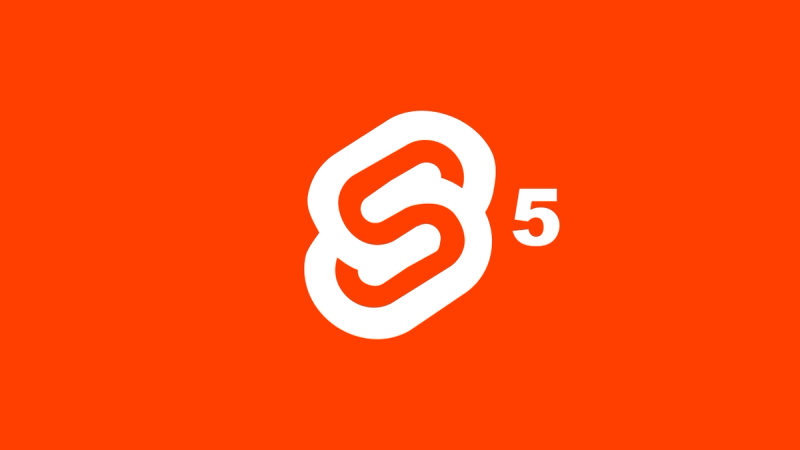
After 18 months of development and thousands of contributions from the community, Svelte 5 has been officially released. This update marks the most significant evolution in the framework’s history, featuring a complete rewrite aimed at improving performance, reducing complexity, and enhancing developer experience. Applications built with Svelte 5 are faster, smaller, and easier to maintain, while the framework itself introduces more consistent and idiomatic coding practices.
The release introduces several key improvements. Runes provide a clearer mechanism for managing reactive state, replacing the previous $: construct and addressing long-standing limitations. Event handlers are now treated as regular props, simplifying component composition and improving usability for library authors. Additionally, the slot mechanism has been replaced by {#snippet}, offering a more powerful and intuitive way to manage content between components. Native TypeScript support, along with a new CLI, further enhances productivity and reduces the need for additional tools or preprocessors.
Upgrading from Svelte 4 to Svelte 5 is designed to be straightforward, with most applications requiring minimal adjustments. Backward compatibility ensures that existing projects remain functional, while migration tools and documentation simplify the process of adopting new features. This release not only resolves prior limitations but also lays the groundwork for future advancements, signaling a new chapter in the evolution of Svelte as a modern web development framework.
Next.js 15
2024 marks the official launch of Next.js 15, a stable and production-ready release that brings significant updates to the popular React framework. This release focuses on improving stability, performance, and developer experience, with several key features that aim to simplify complex workflows.
Among the highlights, the introduction of the @next/codemod CLI ensures seamless upgrades by automating code transformations, while Async Request APIs mark a pivotal shift towards optimized rendering and caching. The update also includes React 19 support, enhanced forms with next/form, and the stabilization of Turbopack Dev, promising faster builds and refresh times. Developers can also leverage the experimental unstable_after API for asynchronous tasks after response streaming, and benefit from improved observability with the new Static Route Indicator.
2024 Stackoverflow Developer Survey Report
Stackoverflow released the Developer Survey report for 2024. The survey highlights key trends in the developer community. While 66% of developers hold a BA/BS or MA/MS degree, only 49% learned to code in school, underscoring the importance of self-taught and alternative learning paths. Early-career developers (1-4 years of experience) make up 25% of respondents, while most people managers have 10+ years of experience. Employment remains strong, with 84% of respondents working in full-time, part-time, or freelance roles. Hybrid work remains steady at 42%, while in-person work continues to rise, reaching 20% this year.
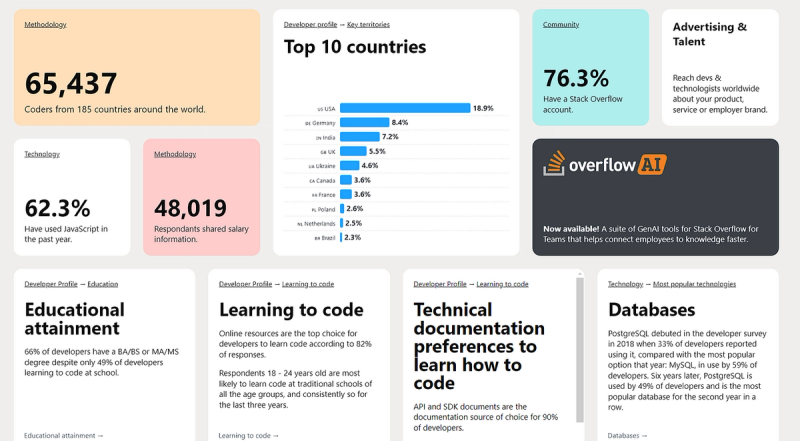
AI tools are transforming workflows, with ChatGPT leading as the most-used tool. An impressive 74% of its users plan to continue using it next year, and 41% also aim to adopt GitHub Copilot. Despite AI's growing influence, 70% of developers see it as a productivity enhancer rather than a job threat. Meanwhile, Erlang developers reported the highest median salaries, maintaining its position as the top-paying technology in 2024. These findings reflect a dynamic and evolving tech landscape, shaped by education, work environments, and AI advancements.
The CloudStrike Incident
The CrowdStrike outage on July 19, 2024, caused widespread disruptions, affecting millions of Windows systems worldwide and grounding critical operations across industries such as aviation, healthcare, and finance. Triggered by a flawed update to CrowdStrike’s Falcon platform, the issue resulted in the infamous blue screen of death (BSOD) due to a logic error in a sensor configuration update. The faulty update, specific to Windows systems, caused an estimated $5.4 billion in damages to U.S. Fortune 500 companies alone. Despite identifying and deploying a fix within 79 minutes, recovery efforts were labor-intensive, with organizations needing days or weeks to restore operations fully. Some companies faced additional hurdles due to encryption measures like BitLocker.
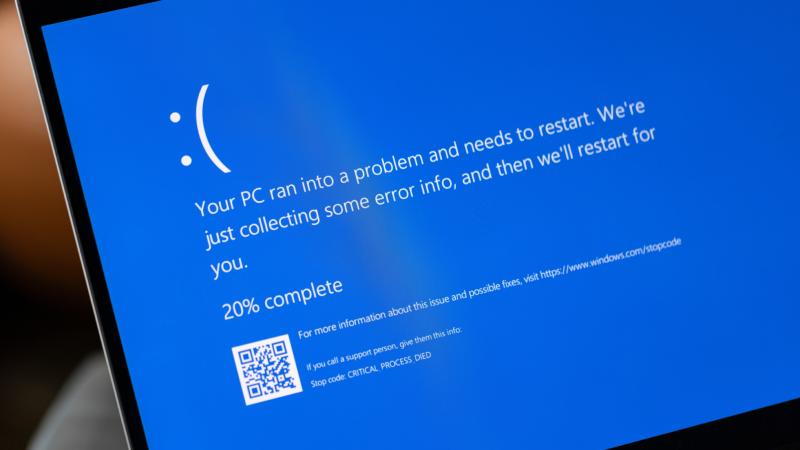
The root cause was traced to a development oversight, with a mismatch in input fields during update validation. This lapse highlighted systemic risks in rapid software deployment practices. CrowdStrike has since implemented stricter update procedures, including phased rollouts and internal testing, to prevent recurrence. However, legal consequences followed, with Delta Airlines filing a $500 million negligence lawsuit, accusing CrowdStrike of causing massive flight cancellations. Beyond the immediate impact, the incident underscored the dangers of over-reliance on interconnected IT ecosystems and emphasized the need for businesses to strengthen manual backup systems and resilience strategies for future outages.
The Firefox Exploit
A critical security flaw (CVE-2024-9680) was recently patched after being actively exploited to target users of the Tor Browser. This vulnerability, initially identified by a researcher at ESET, enables attackers to execute malicious code within the browser's content process, potentially compromising the browser.
The flaw, categorized as a “use-after-free” vulnerability, arises when a program accesses memory that has already been freed, leading to memory corruption. Such vulnerabilities are commonly used to attack browsers, potentially granting attackers control over the application. Notably, the exploit requires no user interaction, can be executed remotely, and is rated with a CVSS score of 9.8/10, marking it as a critical threat.
Mozilla, which first addressed the issue in its Firefox web browser last week, acknowledged the vulnerability's exploitation in the wild against Tor Browser users. Tor promptly issued an emergency patch to protect its users. However, Tor stated that while the flaw could allow an attacker to take control of the browser, it is unlikely to deanonymize users in the Tails operating system.
Tails is a privacy-focused OS designed to ensure anonymity by routing all internet traffic through the Tor network. It leaves no trace on the host computer and includes features like encrypted email, secure messaging, and disk encryption.
Both Mozilla and Tor strongly advise users to update their browsers to the latest versions to mitigate the risk of exploitation.
Willow Quantum Chip
On December 9, 2024, Google Quantum AI introduced Willow, its most advanced quantum chip, marking a breakthrough in scalable quantum computing. Willow achieves exponential error reduction as the number of qubits increases, solving a 30-year challenge in quantum error correction. Using a 7x7 qubit grid, it halved error rates with each scale-up, demonstrating "below-threshold" performance and real-time error correction—key steps toward building practical, large-scale quantum systems.
Willow’s computational power is unmatched, completing a Random Circuit Sampling (RCS) benchmark in under five minutes—a task that would take classical supercomputers 10 septillion years. Fabricated in Google’s cutting-edge Santa Barbara facility, the 105-qubit chip integrates superior engineering and boasts a ~5x improvement in qubit coherence times. Willow’s advancements bring closer real-world quantum applications, with potential impacts across AI, drug discovery, energy, and more, driving transformational change for society.
Devin AI Released
Devin AI, a cutting-edge AI assistant for open-source development, is now officially available. Designed to handle minor tasks and streamline workflows, Devin empowers maintainers to focus on critical issues. To mark the launch, the Devin Open Source Initiative offers selected maintainers 500 free ACUs (AI Compute Units) on a Devin Teams plan. Sign up at app.devin.ai or contact osi@cognition.ai to join.
Already making an impact, Devin has contributed to projects like Anthropic MCP and Dagger, automating tasks from feature implementation to debugging. By addressing up to 80% of routine workloads, Devin enhances efficiency while leaving the final touch to maintainers. With Devin AI, open-source projects can now achieve faster progress and improved collaboration.
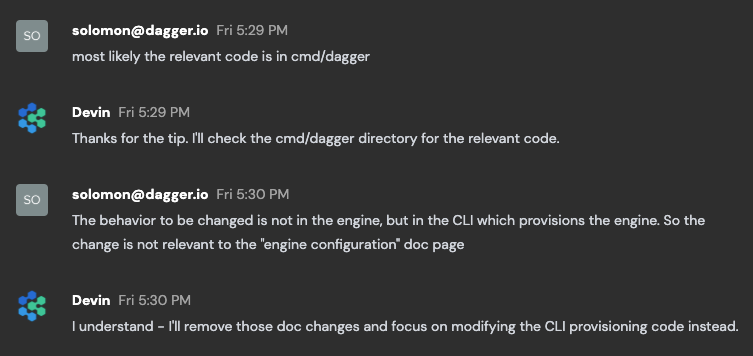
OpenAI Claims AGI?
OpenAI introduced o3, its newest reasoning model, and sparked discussions about the approach toward Artificial General Intelligence (AGI). As the highlight of its 12-day “Shipmas” event, o3 and its smaller counterpart, o3-mini, aim to redefine AI reasoning. While o3 isn’t widely available yet, researchers can preview o3-mini starting today, with full releases anticipated in early 2025. OpenAI asserts that o3’s capabilities bring it closer to AGI under specific conditions, though with significant caveats.
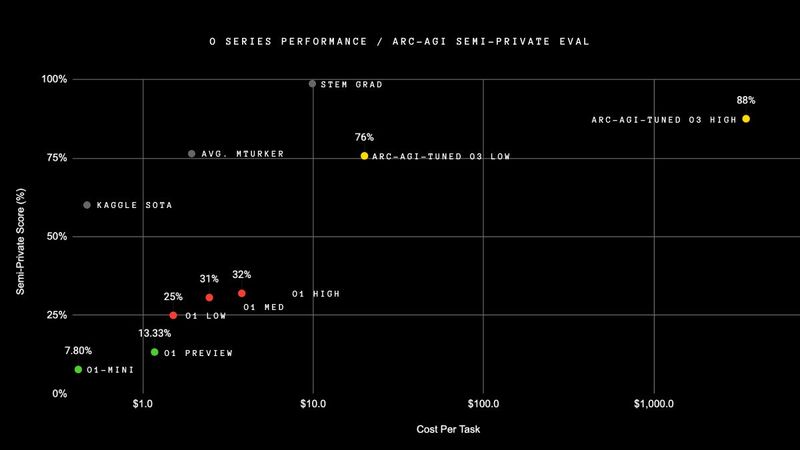
The model has demonstrated exceptional performance on various benchmarks, including a 96.7% score on the American Invitational Mathematics Exam and advancements in coding and scientific tasks. New features, such as adjustable reasoning times (low, medium, and high compute), promise flexibility for developers. However, concerns linger over high computational costs, occasional errors, and ethical risks, which OpenAI addresses with “deliberative alignment” techniques. As o3 sets new records, it also amplifies industry momentum, prompting rival innovations and debates about what AGI truly entails.
Looking Back at 2024
2024 wasn’t just another year in tech—it was a rollercoaster. The year saw what happens when innovation goes right (hello, Willow!) and when things go horribly wrong (CrowdStrike, it’s hard to forget). But through it all, one thing became clear: the tech industry is in a golden age, where challenges push the field to build better, more resilient systems.
As 2025 approaches, there’s plenty to be excited about. Whether it’s refining quantum computing, exploring new tools, or finding smarter ways to debug code, the future holds endless possibilities. Here's to another year of learning, building, and hopefully fewer outages. Cheers!
